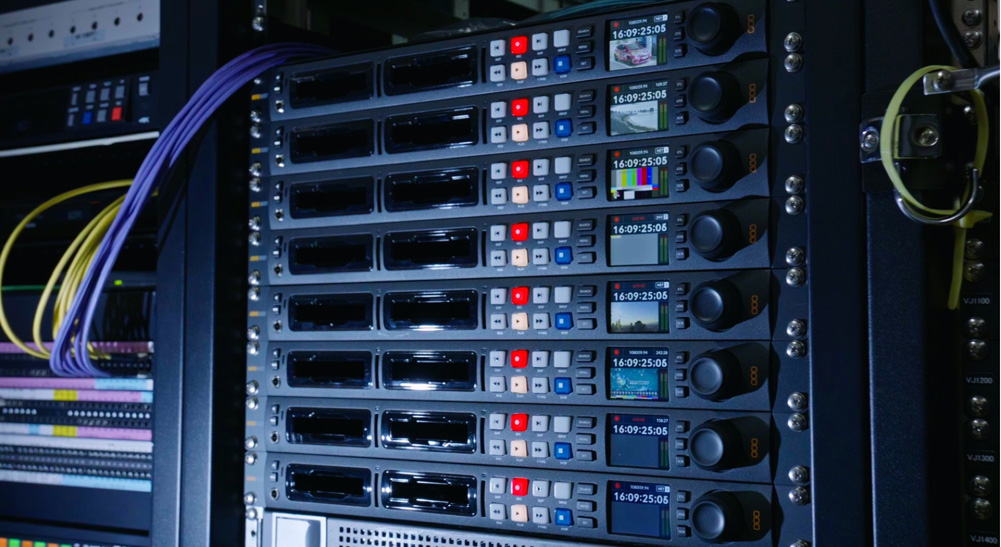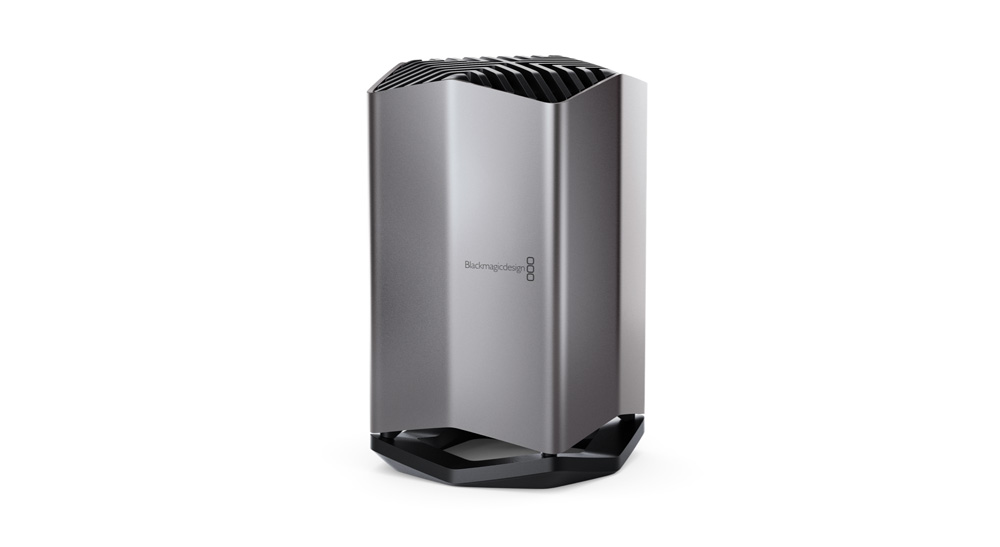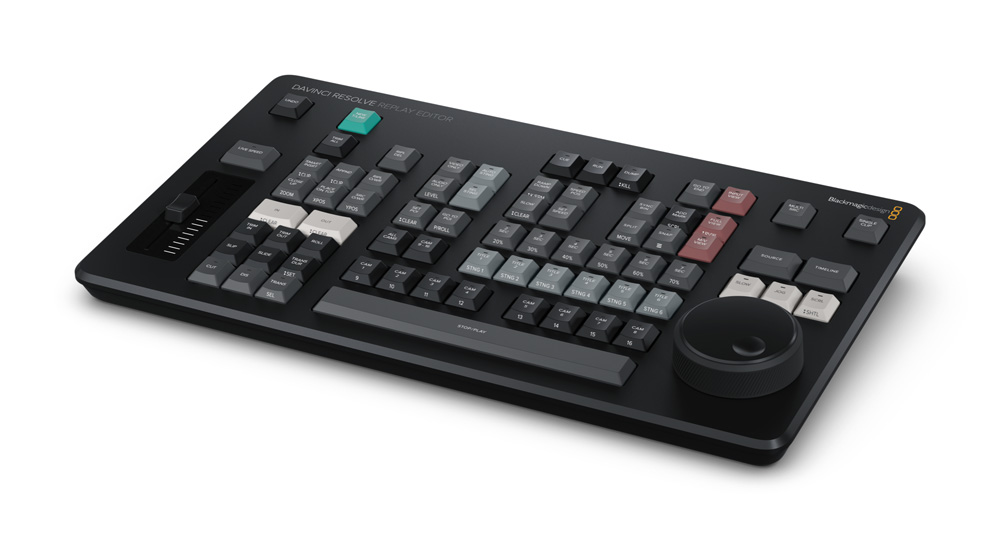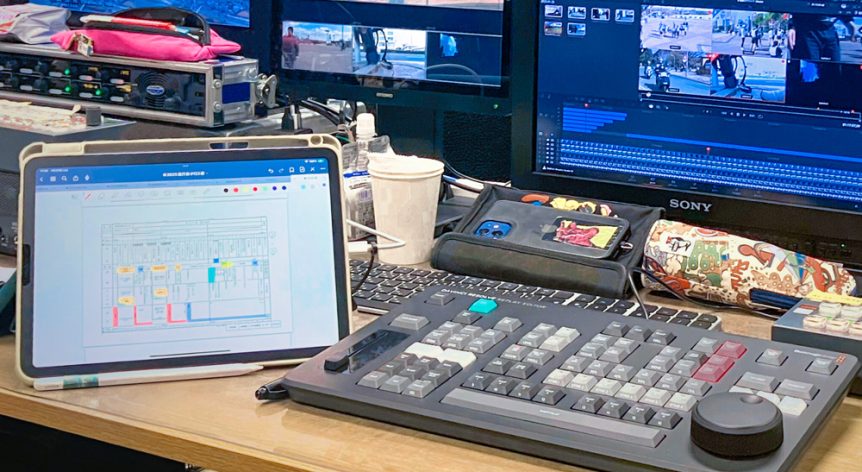DaVinci Resolve Replay Editor used to generate slow motion footage for marathon coverage.
Fremont, CA, USA - Blackmagic Design today announced that Kansai TV used the Blackmagic Replay system during the broadcast of the 44th Osaka International Women’s Marathon. The broadcast successfully employed Blackmagic Design products, including the DaVinci Resolve Replay Editor and DaVinci Resolve Studio, to produce slow motion replay footage.
The Osaka International Women’s Marathon was broadcast live nationwide on the Kansai TV and Fuji TV networks. Since its inception in 1982, Kansai TV, based in Osaka, Japan, has been responsible for the coverage of this annual event. During the approximately three hour broadcast, replay footage was extensively used, including slow motion sequences enhanced by the AI capabilities of DaVinci Resolve Studio.
For the event, six HyperDeck Studio 4K Pro broadcast decks were deployed to send footage from six camera feeds to a Blackmagic Cloud Store 80TB network storage solution. This footage was then ingested into DaVinci Resolve Studio, where the necessary segments were selected for use as replays. The system ran on an M2 Ultra Mac Studio, with an UltraStudio Monitor 3G capture and playback device converting Thunderbolt to SDI for monitor output.

“Setting up the Blackmagic Replay system was straightforward; we just added a Mac Studio and were ready to go. We tested it internally, and after showing a demo to our sports broadcast director, who was impressed, we decided to implement it for this event,” said Soichiro Hoashi of Kansai TV’s Technology Promotion Department.
Hoashi continued, “We used Blackmagic Replay for footage at the race’s water stations. The cameras there lacked built in high speed capabilities, so we relied on the AI driven slow motion replays from the Blackmagic Replay system.”
The operations were handled by Kentaro Shirane and Hiroshi Kamachi of Kansai Totsu, Inc., a video technology production company. Shirane commented, “I don’t typically operate a replay system myself, but after spending half a day testing it, I was able to produce smooth replay footage. The fact that even staff unfamiliar with replay operations can use it easily is a huge advantage.”

Kamachi, who operated the Blackmagic Replay system, said, “The DaVinci Resolve Replay Editor offers excellent jog response, allowing seamless searching without noticeable lag, which makes it very user friendly. The ability to search and cue up footage in multiview mode while operating replays is also a great feature. Since we could check all input sources, it made it easy to find the perfect shot.”
“One of the biggest advantages we noticed was the ability to turn normal camera footage into super slow motion using AI based correction. Switching between normal and super slow motion happens instantly without a reboot, which is a big plus. With other systems, changing the slow motion speed requires a reboot, making on air switches impossible. For instance, if one camera needs 4x slow motion and another 6x, you’d need two separate systems, typically locking you into a single speed. With Blackmagic Replay, adjusting the speed range is simple, and it produced very smooth and high quality slow motion shots, especially in scenes with less intense movement.”
The producer for this broadcast, Shunsuke Shibata of Kansai TV, concluded, “Our usual replay systems are expensive, so depending on the production, the budget may not allow us to use the system that supports super slow playback. Plus, that system often limit the cameras we can use. Being able to deliver smooth, AI enhanced slow replays at a lower cost with Blackmagic Replay has been incredibly beneficial.”

